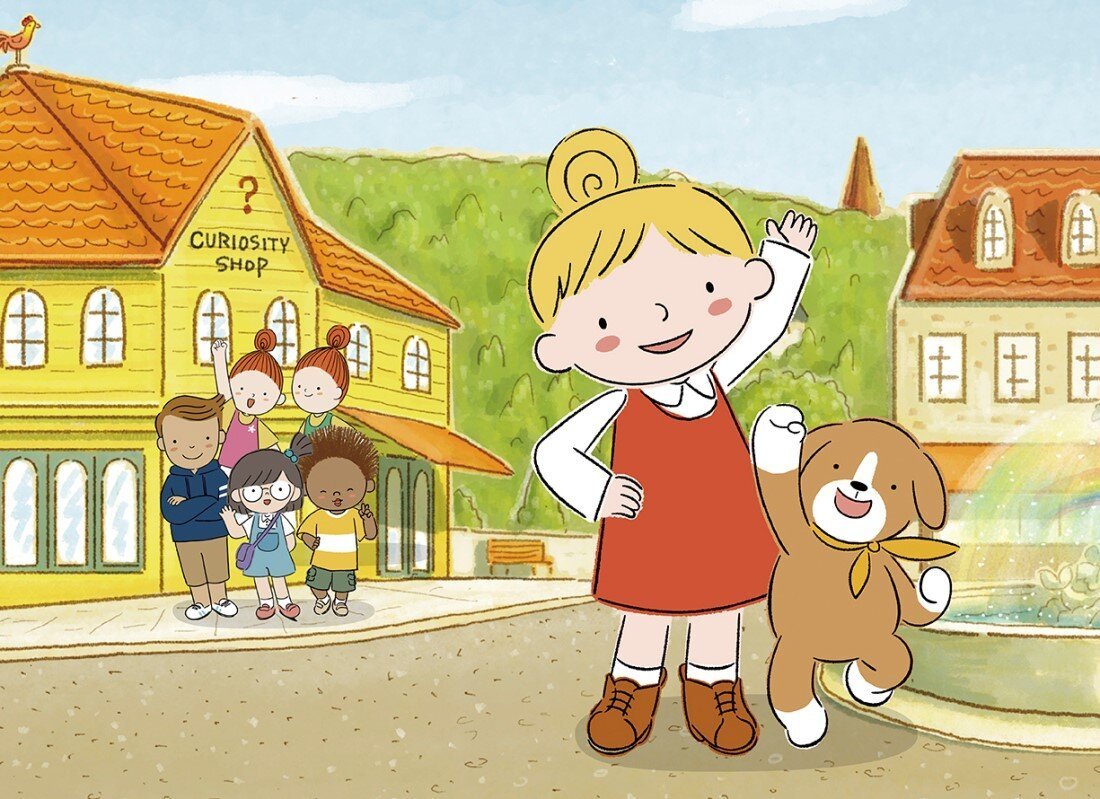
Over 2018 and early 2019, I was hired by Taktoon Enterprise to write several episodes of two animated shows: The Big 5 (쉿! 내 친구는 빅파이브) and The Curious World of Linda. Those were my first scripts for animated content and for television, meaning that there was a strong learning curve to get up to snuff with the requirements of the series story editors. While I was able to work with short form stories, 11 and 6 min respectively, the notes that constantly showed in my email box were "bad modeling" and "remember this is a kids show." While some of those notes came with the general rule for me to understand what I did wrong, some of them were just left at that. I went on an initially fruitless research in order to find out more about the basic rules of good writing for children animation. Since I found it so difficult to find the information I needed, and thinking about other freelance scriptwriters out there who, like me, didn't get the information through their training or through their self-learning development, I will talk about the basic principles of good modeling for children shows. I will also make a non-exhaustive list of all the animation writing rules for children I came across. I will try and grow the list as I come across more information.
Keep in mind that the following list is for animation shows targeting pre-schoolers since those were the requirements I face for my own work.
Definition of Bad Modeling
The notes regarding "bad modeling" were all connected to one specific set of actions that should not be portrayed in children animation. The general rule is that the actions portrayed in the show should not present any danger if reproduced by children. A very straightforward exemple is having a character in the show trying to put its fingers inside an electric plug. Anything that could be dangerous for children should be avoided.
Writing Rules for Children Animation Television Shows
Dialogue is important to keep pre-schoolers involved. May the show be filled with action or not, characters must talk through their actions to keep children involved. It may feel unnatural at first for anyone coming from live-action writing but it is imperative.
- That said, keep dialogue simple.
- Use "hi" or "hello" rather than "hey" as is can sound rude for pre-schoolers.
- Characters have to be regularly name checked. To make sure that the audience knows who is who at all times, other characters need to have their name being said relatively regularly:
- When a character first interact with them in an episode,
- Every once in a while at the beginning of a sequence of dialogue.
- An 11 minutes show should be around 70 to 90 lines of dialogue.
- Instead of going for variety of expressions, keep vocabulary consistent throughout the episode to make it easier for children to connect the dots.
- At the end of an episode, keep the last lines of dialogue for main characters, not supporting ones.
Safety Rules for Children Animation Television Shows
- Pre-school modeling dictates that we shouldn’t see characters plugging things into the main electricity supply.
- Avoid creating a situation where characters are faking an emergency. Children are constantly told the importance of not calling out emergency services unless it really is an emergency – this would go against those rules.
- Do not create incidents in the script that would cause a real risk of death in real life.
- No wagers or bets in kids animation.
- There should be no depiction of cords around characters' necks.
- Don't put anything inside characters' mouth. It could be repeated by children and be dangerous.
There are plenty of other rules that I didn't come across yet and I am continuing my research to make this list as complete as possible. If you know more of the rules for children animation writing, feel free to share by commenting directly on this page or on the post that lead you to this article.
Resources used for this article:
The many notes I received from the series story editor,
Book - "How to Write for Animation" by Jeffrey Scott,
Book - "Animation Writing and Development" by Jean Ann Wright.